Explore the origin of Lower Broadway’s beloved institutions and how these bars are forever linked to country music history.
Honky-Tonk Origin
Aside from Ryman Auditorium and the Grand Ole Opry House, there are few places steeped in the lore of country music as much as honky-tonks. But first things first: What even is a honky-tonk? If you weren’t born and raised in a musical hotbed like Nashville, Luckenbach, or Bakersfield, “honky-tonk” can be a head-scratcher. To complicate matters, it has two different definitions.
The word as we know it today is used most often to describe a bar in which country music is played. The headshots that line the walls are yellowed and the wooden dance floor creaks beneath your feet, but the beer is cold, the music is good, and inside these iconic institutions, the artists who take the stage are all chasing a dream.
It’s been this way since the days of Patsy Cline.
What is the Oldest Honky-Tonk in Nashville?
Lower Broadway’s first honky-tonk, Tootsie’s Orchid Lounge, was well positioned to serve as the Ryman’s unofficial green room, sharing an alleyway with the Mother Church of Country Music. When the Ryman played host to the Grand Ole Opry, performers often entered through the backdoor of Tootsie’s, where they could cut loose and play a few tunes that were different from those in their Opry set.
History of The “Honky-Tonk Highway"
For as long as honky-tonks have existed, they’ve symbolized the democratic nature of country music. Blue collar, white collar, or no collar, patrons can enjoy live music for the price of a single beer while artists and songwriters have historically tinkered with new instrumentation and themes in their music.
In fact, the distinctive sounds that reverberate off the walls of honky-tonks are said to have fueled the creation of a musical style by the very same name. The honky-tonk genre, which gained widespread appeal in the 1950s, is best known for its emphasis on rhythm. Because pianos in these no-frills bars were often beat-up and out of tune, harmony and melody weren’t as important to the overall sound. A traditional honky-tonk song, such as Ernest Tubb’s “I’m Walking The Floor Over You” or Hank Williams’ “Your Cheatin’ Heart,” is saturated with the sounds of a steel guitar, fiddle, and yes — heartache.
These unique venues have been immortalized in classics like Kitty Wells’ “It Wasn’t God Who Made Honky Tonk Angels,” which you can still hear being performed at the reverential Robert’s Western World. Today, many contemporary hit-makers pay homage to their humble honky-tonk beginnings with lyrics such as those from Jason Aldean’s “Crazy Town.”
"Pay your dues and you play for free,
And you pray for a honky-tonk destiny,
You cut your teeth in the smoky bars,
And live off the tips from a pickle jar”
What is Honky-Tonk Central?
In a poetic turn of events, the artists who played dozens of honky-tonks while hoping to catch their big break are now opening bars of their own on Lower Broadway. Opry members Blake Shelton, Dierks Bentley, and Alan Jackson each have their own institutions — Ole Red, Whiskey Row, and AJ's Good Time Bar, respectively — as do Jason Aldean, Luke Bryan, and Florida Georgia Line. That’s Music City for you.
Why are Bars in Nashville Called Honky-Tonks?
Though the exact origin of the word “honky-tonk” is unclear, a popular theory suggests that it's is an onomatopoeic nod to the loud, unrestrained style of music that poured out of these bars.
What's the best Honky-Tonk on Broadway?
Ole Red has signature drinks, modern Southern cuisine, and plenty of good-natured misbehaving, all inspired by Blake Shelton himself. Making Ole Red your new favorite hangout.
Stay In Touch
It's our biggest year yet! Don't miss any Opry 100 announcements, events, and exclusive offers for fans like you. Sign up now!






